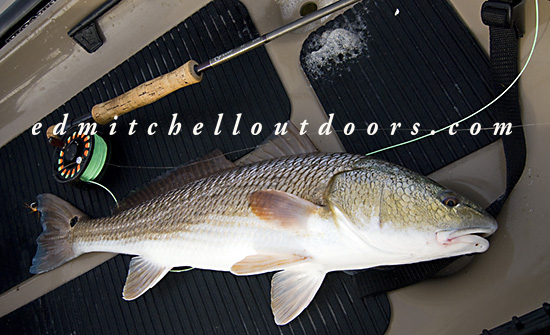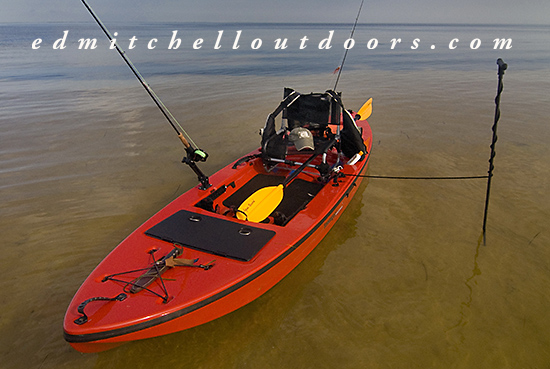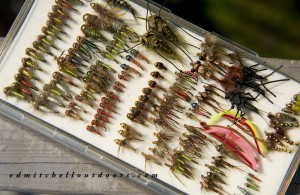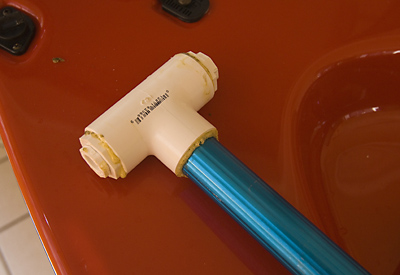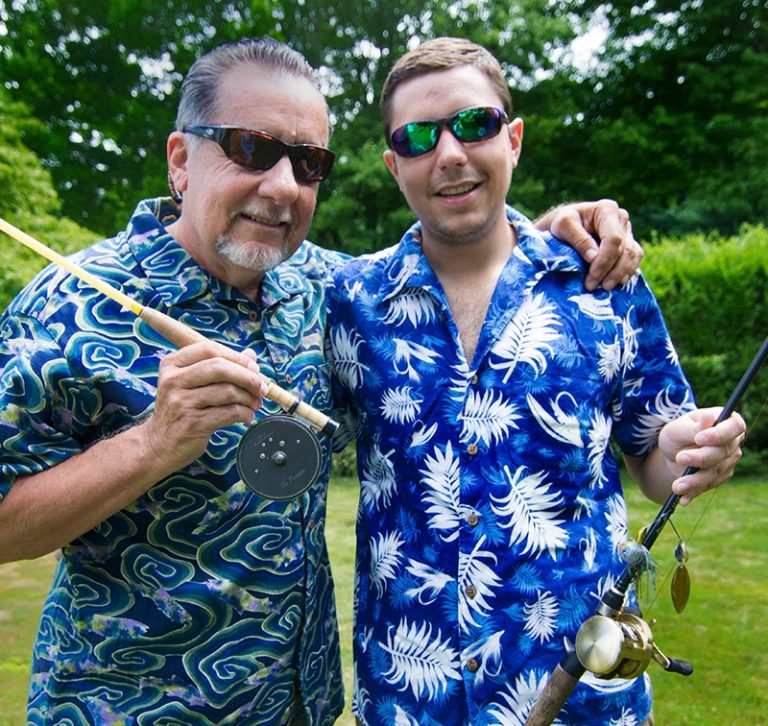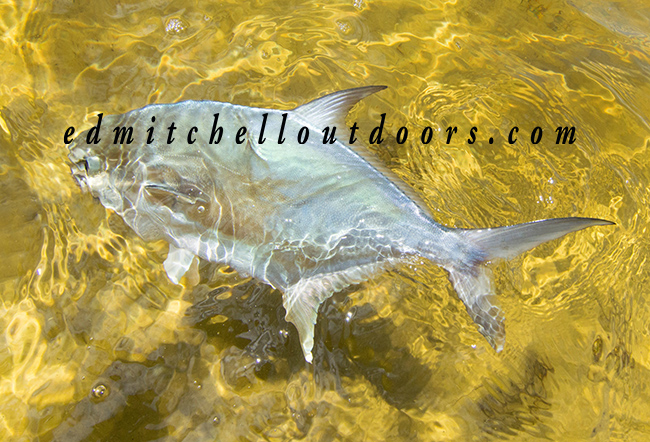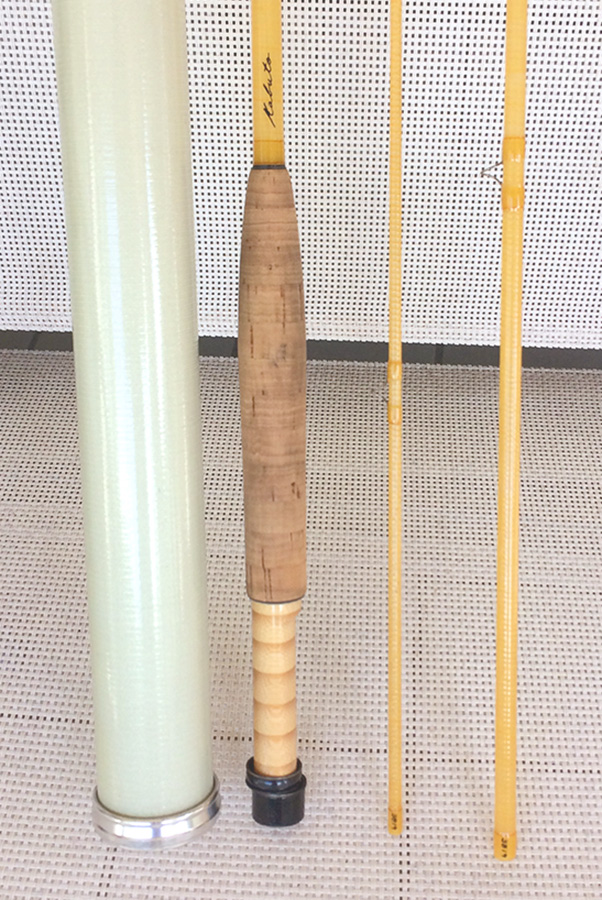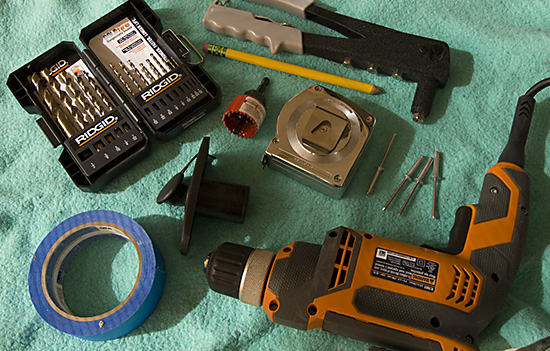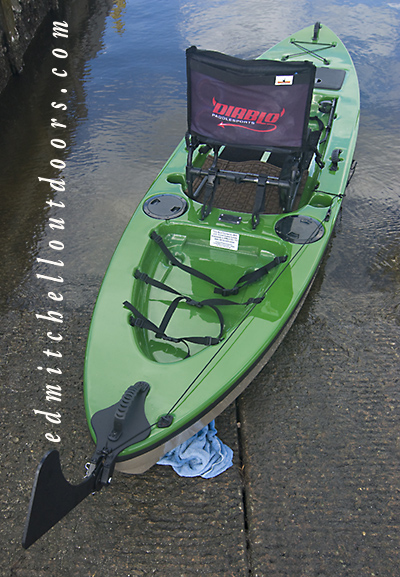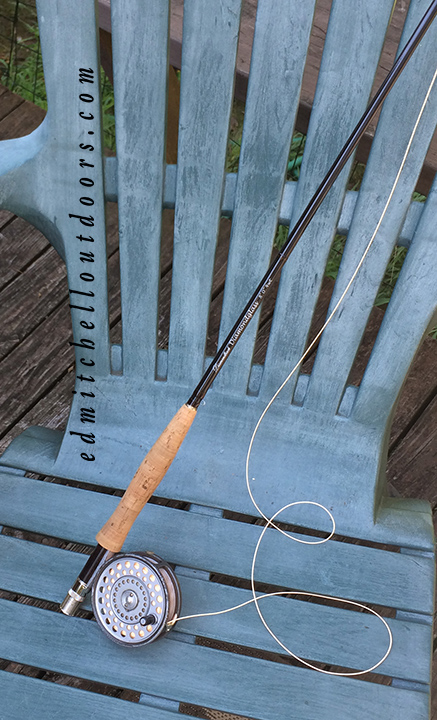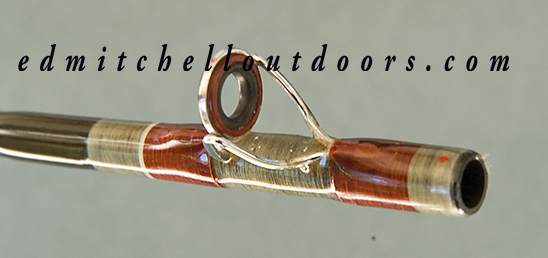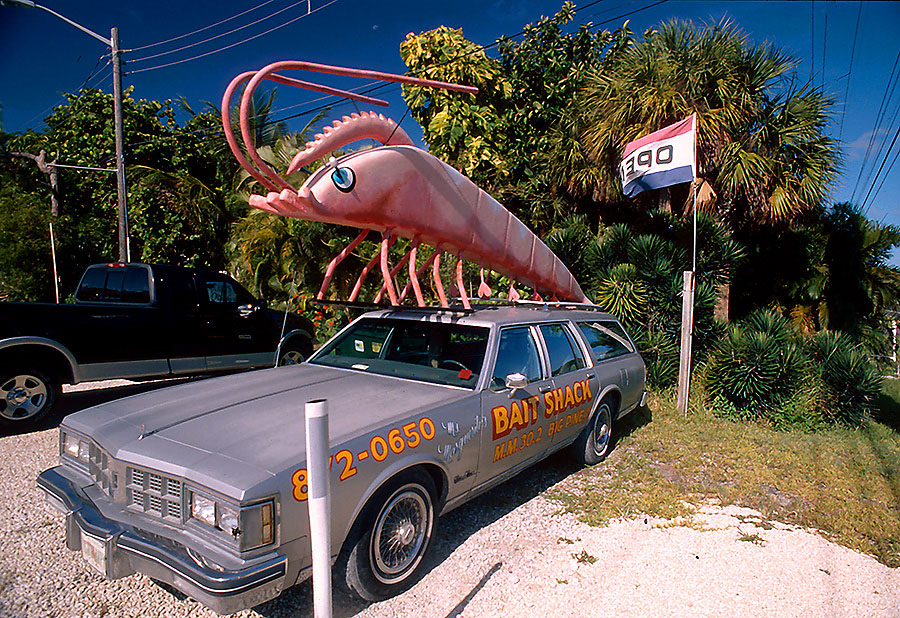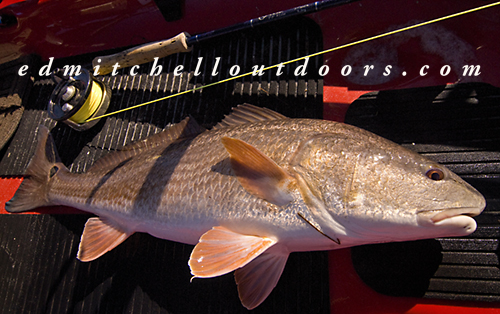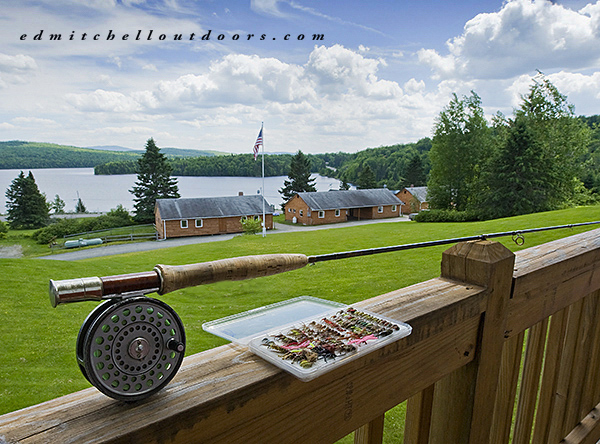Review: Scott Radian R10044 Fly Rod: Recently I slapped down the magic plastic card and purchased something new – a 10-foot, 4-weight, 4 piece fly rod. I’ll talk more about why I bought it in a moment, but lets begin with a closeup look at this Scott Radian R10044 fly rod.

Review: Scott Radian R10044 Fly Rod
Man, this is a handsome rod. Right out of the tube you’re hit with eye candy, something you can’t say about some other high-end fly rods. There is a lot of attention to detail. And given the cost of upper level fly rods today, its something we should expect. Even the box the tube came in is attractive. Scott delivered their “A” game.
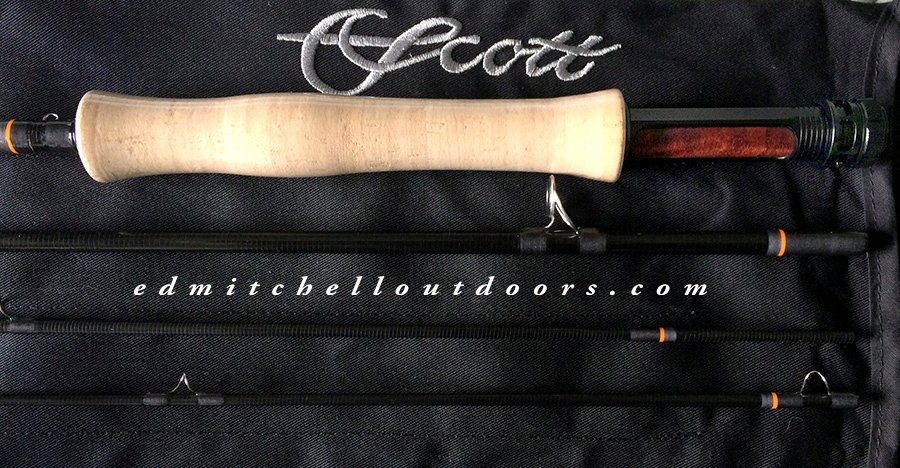
Review: Scott Radian R10044 fly rod
The blank is grey, unsanded, and sports tungsten framed stripping guides. It has a nicely formed 6.5 inch full wells grip, and the cork is the finest I’ve ever seen. I mean it; the cork is flawless. No other rod in my collection even comes close. Impressive. The reel seat is a single, uplocking design with an exotic wood insert. Wraps are grey, accented with a hot orange band. Yes indeed, the ferrules have alignment dots. The rod sock is attractively embroidered with the company name. Tube length is 32.5″. And rod tips the scales at 3 ounces, very respectable for a 10-foot 4 piece wand.
A new and useful feature, found only on Scott rods I believe, is measurement marks. As the red arrows note in the photo below, they’re at 12″ & 20″. A handy dandy reference, that. I’ve already used them in the field, although the 20″ mark hasn’t quite been reached yet. LOL Hope to change that soon.

Scott Radian Measurement Marks @ 12″ & 20″
So why a 10- foot 4-weight? Well, the 4-weight part is a no brainer. I’ve spent over 50 years behind a fly rod, so perspective is something I have. Back when I started in the sport, a 6wt fly rod was considered the best general purpose trout rod. Yes I’m talking back when fiberglass ruled. With the advent of graphite in the 1970’s, a shift slowly occurred, and by the 1980’s a 5wt worn the crown. Nowadays, the 4wt fly rod is emerging as king of the hill – the one stick to do it all in small to medium rivers.
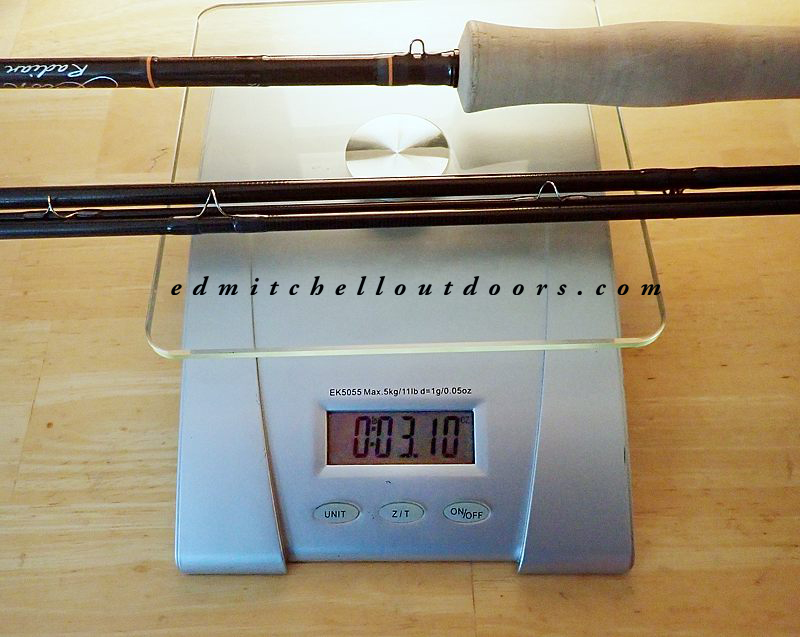
Okay, there’s still a 900 pound gorilla in the room. Why a 10-footer? Several years ago I tried euro-nymphing with the longest rod I owned – a 10-foot, 6-weight. Unfortunately I lost the tip section in the woods one night while walking back to the car. That ended my brief euro-nymphing career. But I’ve long wanted to try again. Hence the 10-footer.
At this point, you wondering why I got a conventional 10-footer and not a longer rod specifically designed for euro-nymphing. After all there are plenty on the market, right? I did go into Upcountry Sportfishing and wiggle several “euro-rods” from $200-$ 900. They were all nice. Yet in the end I decided a conventional 10-foot, 4-weight would “nymph” just fine and be a far more versatile fly rod, capable of also handling dries, soft hackles, and even small streamers. So I took a couple such rods outside, and cast them for a time. The Radian was the winner.
This rod went along on my recent trip to the upper Connecticut river (previous post). Armed with a 10′ butt section, a 2′ euro-nymph “sighter”, and a 4′ foot 5x tippet, the rod cleaned house. It was so effective at “nymphing” I fished it pretty much exclusively for 4 days, accounting for all the bigger fish.



